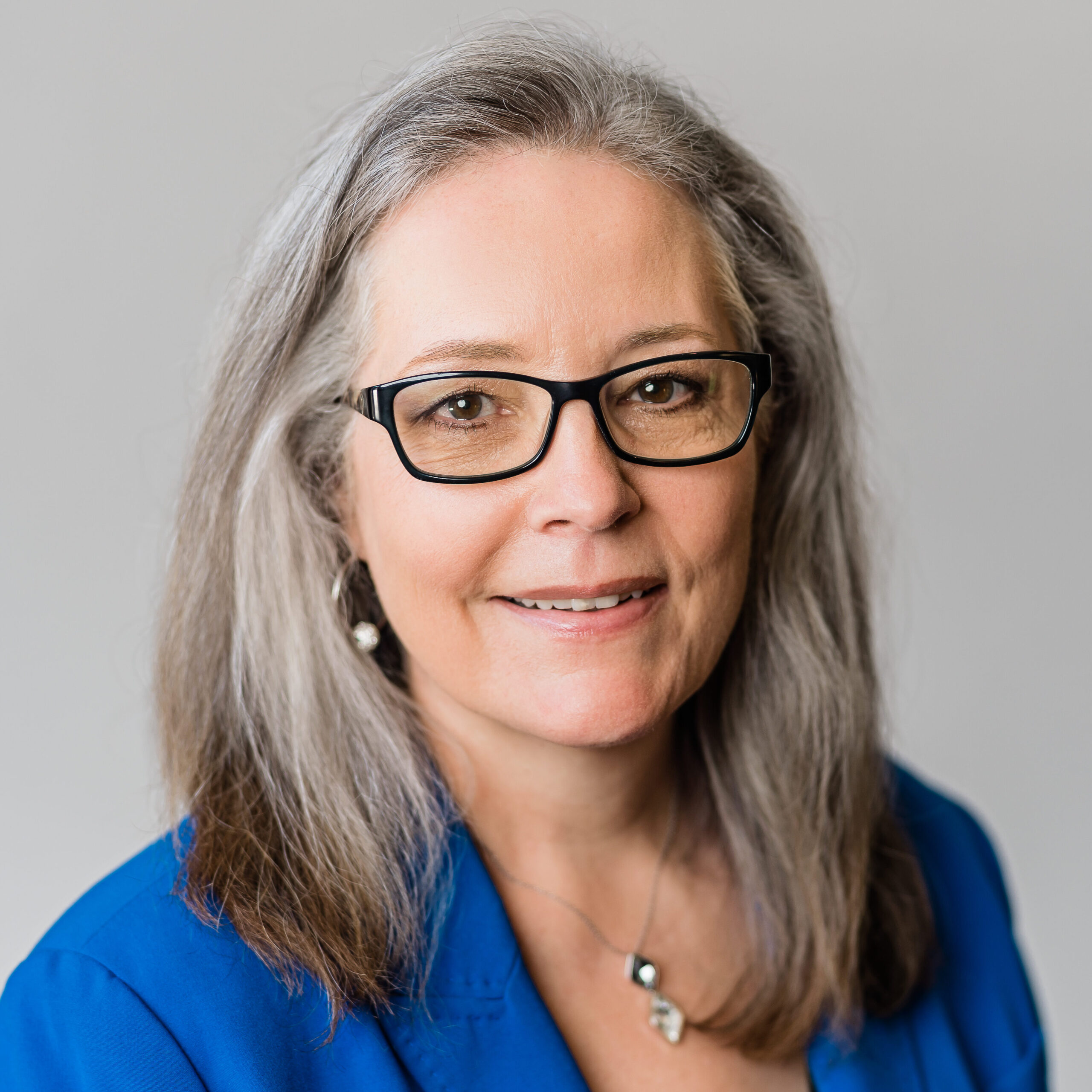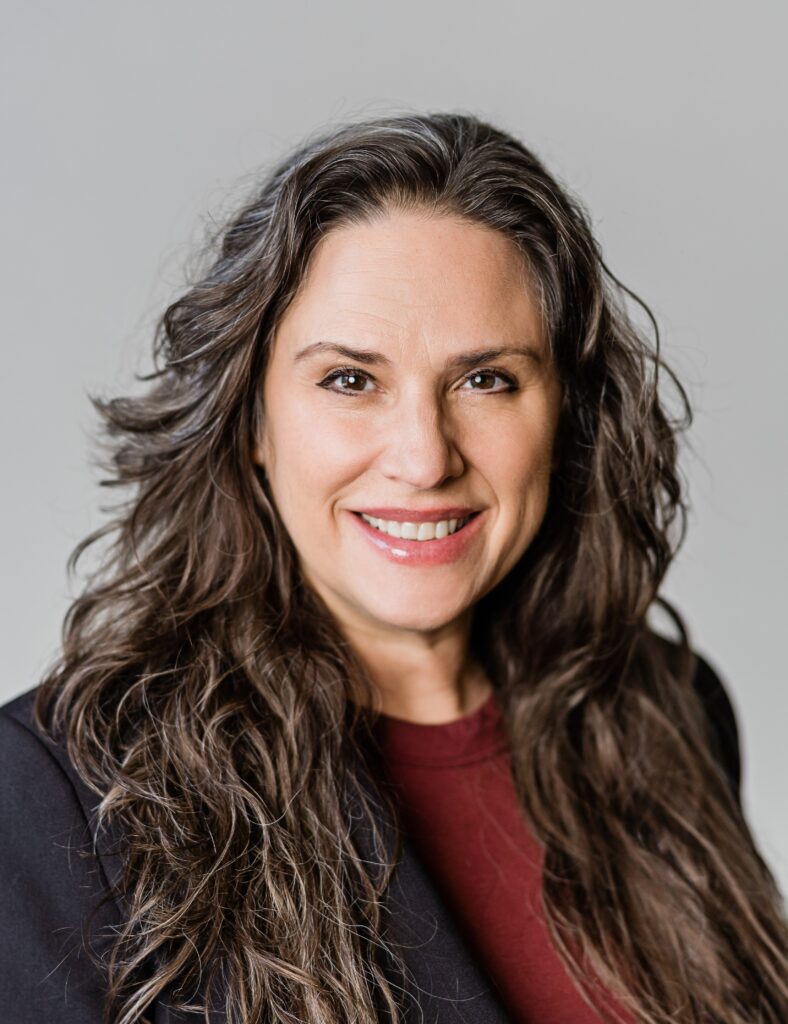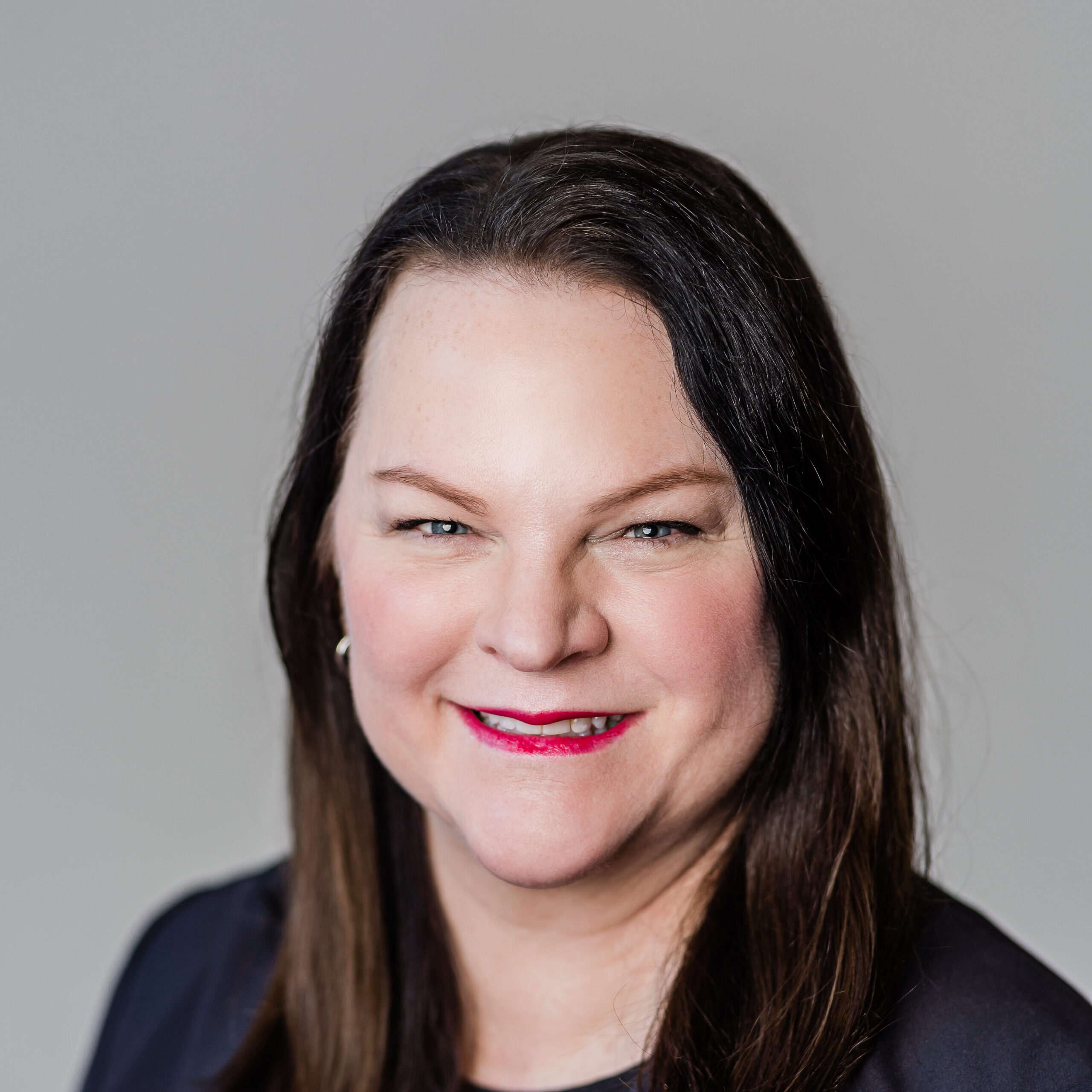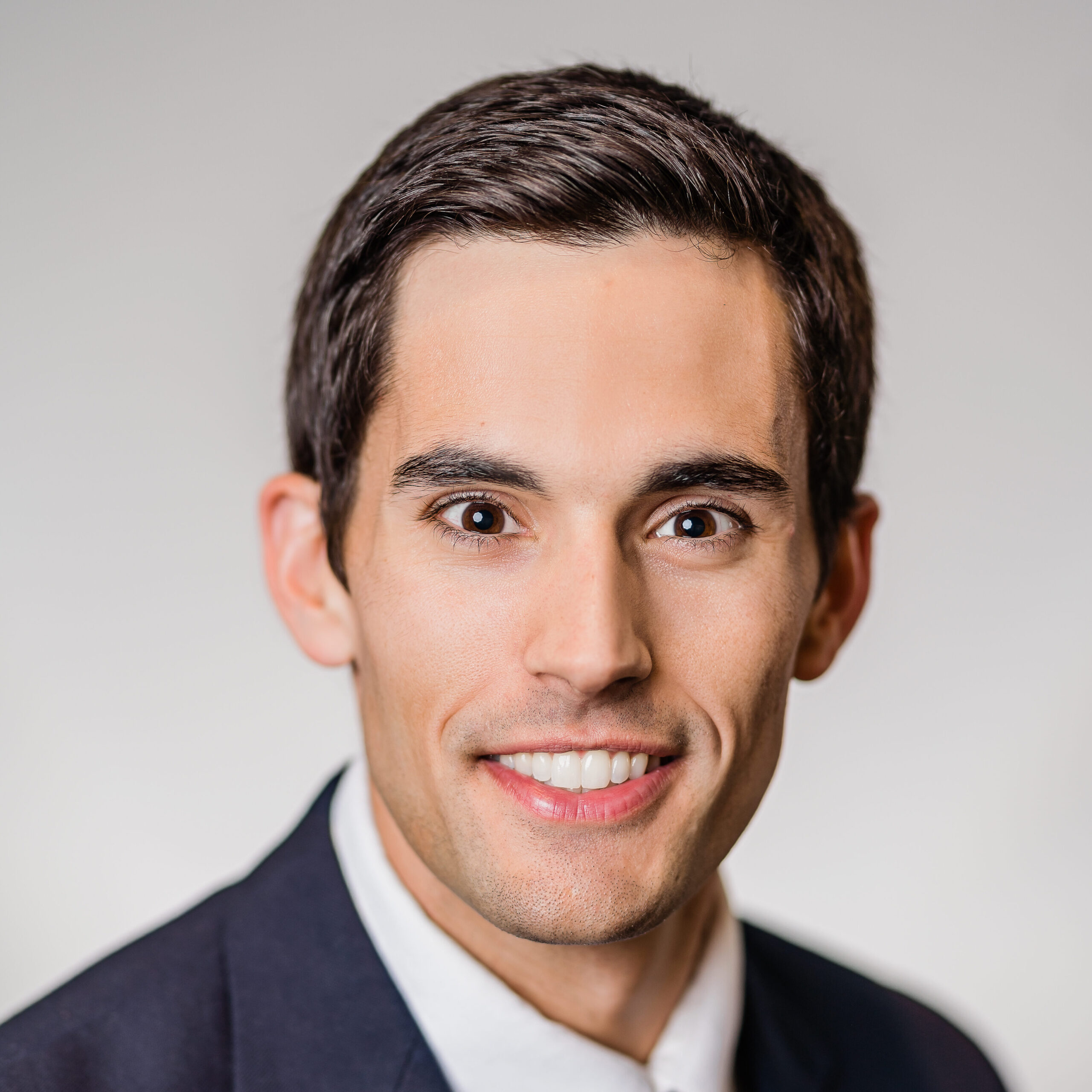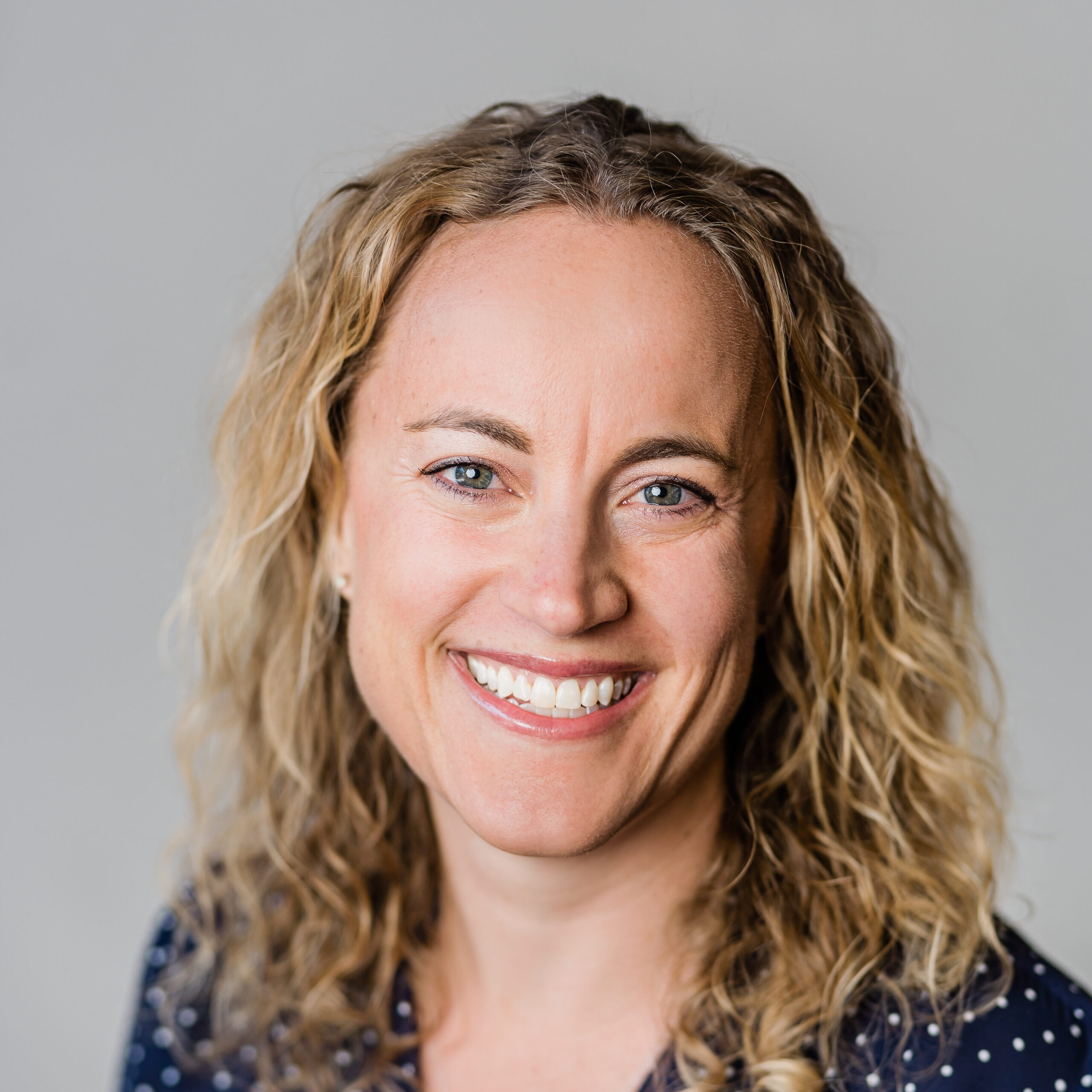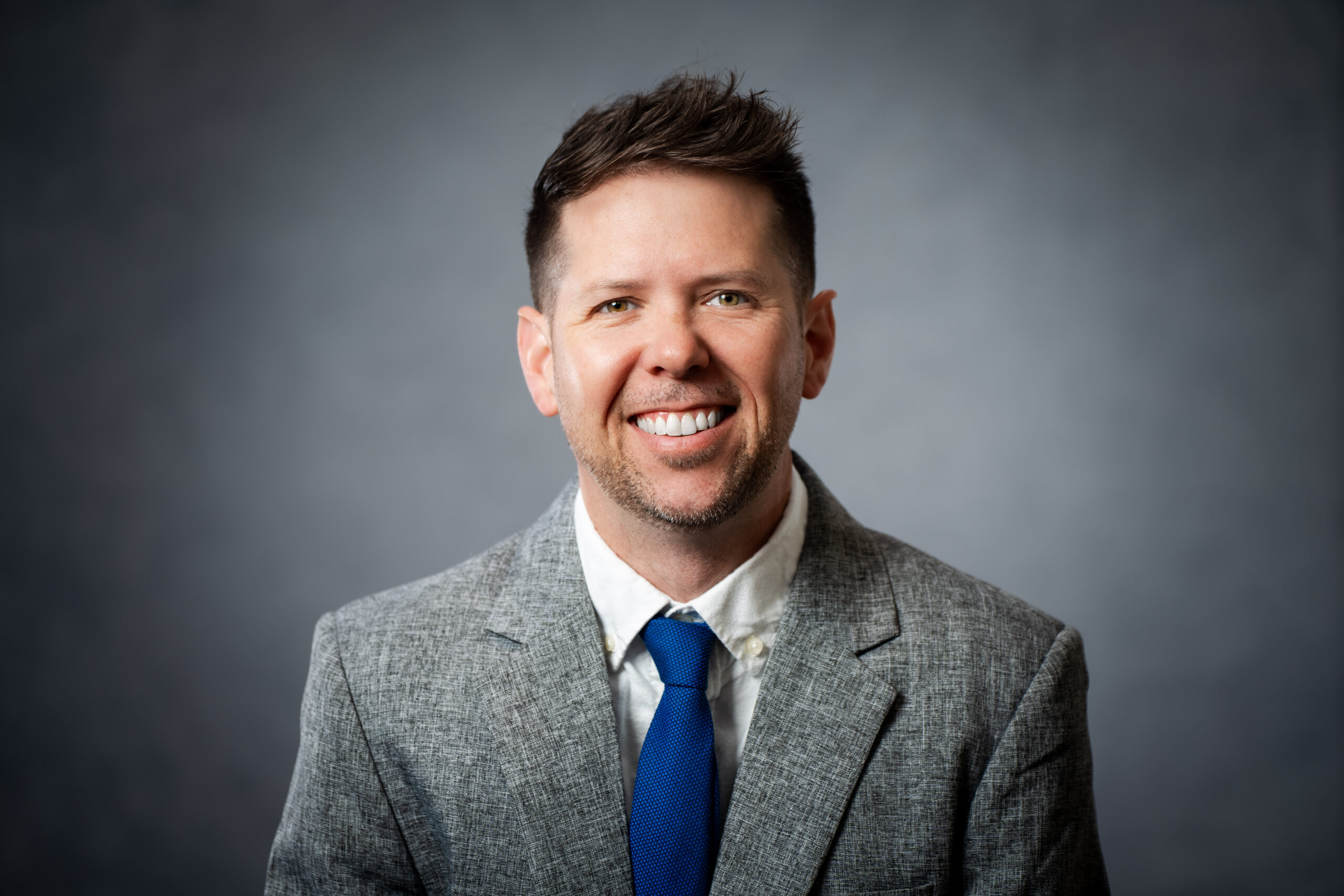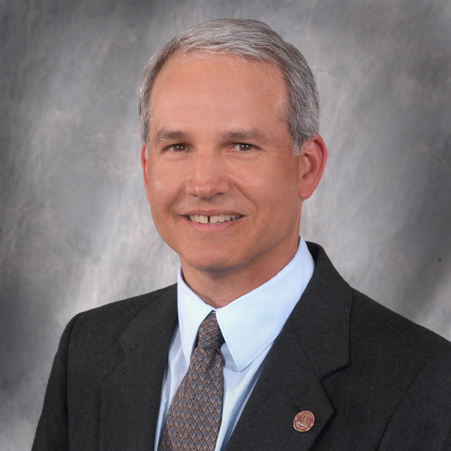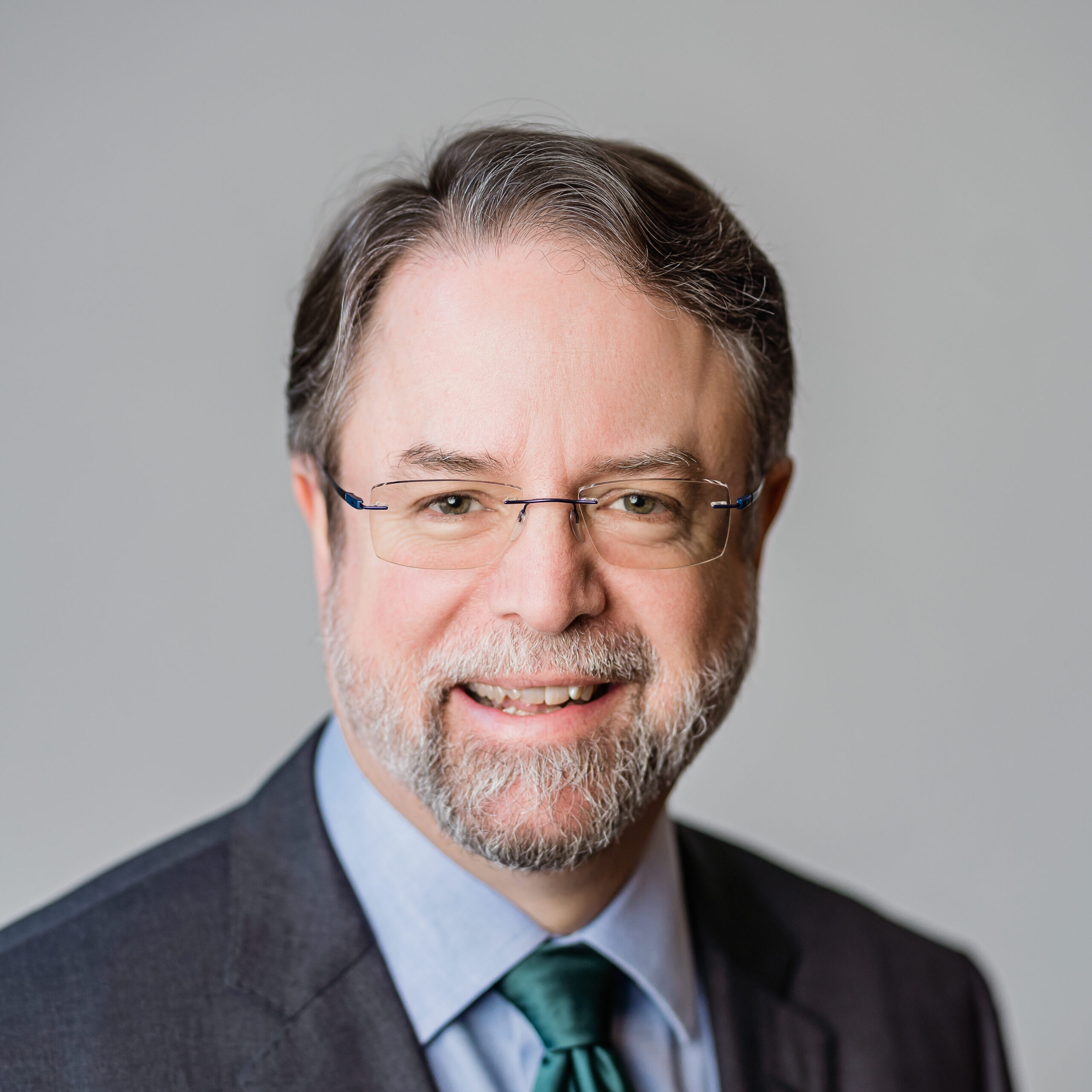West Yost Newsletter – May 2025

It is with great pride that we present the “Celebrating 35 Years” Edition of the West Yost Newsletter. As we commemorate this significant milestone, we are delighted to share some pioneering projects that continue to define our journey. This edition underscores the dedication and broad range of expertise within our West Yost team.
In this edition, you will also discover:
- Proposition 4: Learn what it entails and how you can start preparing today.
- Groundwater Modeling: Uncover the mysteries of groundwater modeling and how our scientists estimate aquifer capacity.
- RiverArc Project: Explore the innovative and forward-thinking RiverArc project, designed to provide environmental benefit and water supply resilience to set many communities up for future success.
Thank you for being part of our story and for your continued support. We hope you enjoy reading this issue and celebrating 35 years in the water industry with us. Please feel free to reach out to me or the authors with any questions or comments.
Kelye McKinney
Area Market Lead for Northern California and the Central Valley, May 2025 Issue Editor
May 2025 Table of Contents:
- Regulatory Update
- Industry Insight
- Project Spotlight
- ACEC Award
- Team Spotlight
- Closing Message
- West Yost Word

Regulatory Update:
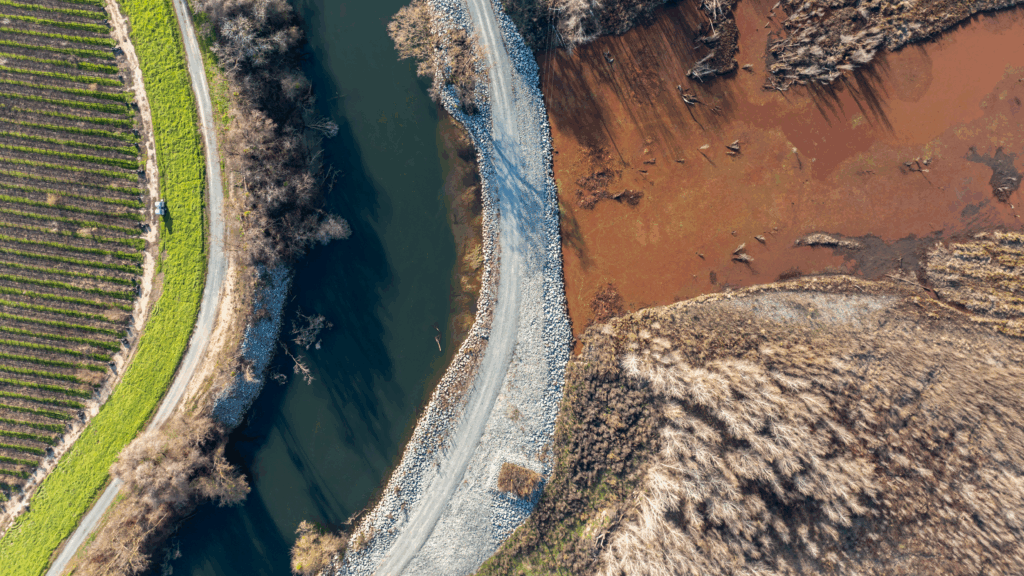
Proposition 4. The Safe Drinking Water, Wildfire Prevention, Drought Preparedness, and Clean Air Bond Act of 2024
California’s Proposition 4 Climate Bond, passed by voters in November 2024, will invest $10 billion over the next five years to finance climate resiliency projects across the state. Approximately $3.8 billion is designated for projects to enhance water infrastructure, improve water quality, and bolster drought resilience.
Much of the Climate Bond funding will be provided through California State agencies’ existing or new grant programs. Eligible applicants will include local agencies, utilities, tribes, and nonprofit organizations. At least 40 percent of total funds must go to projects that benefit vulnerable populations or disadvantaged communities.
Funding for Multiple-Benefit Water Projects:
The $3.8 billion in water-focused funding will mostly be allocated through the following State agencies:
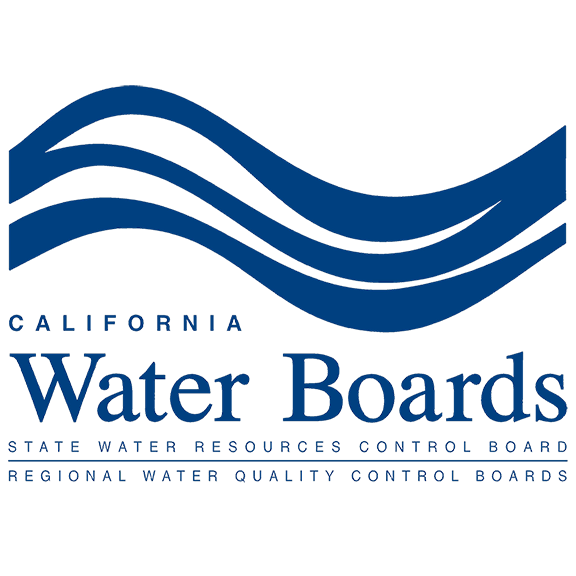
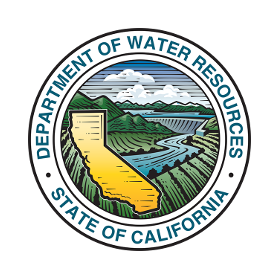
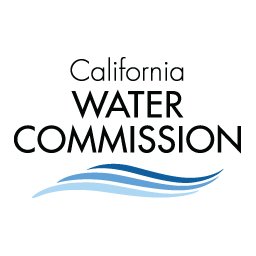
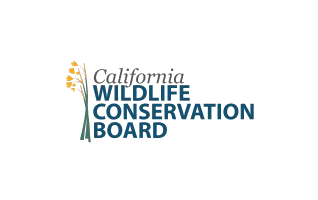
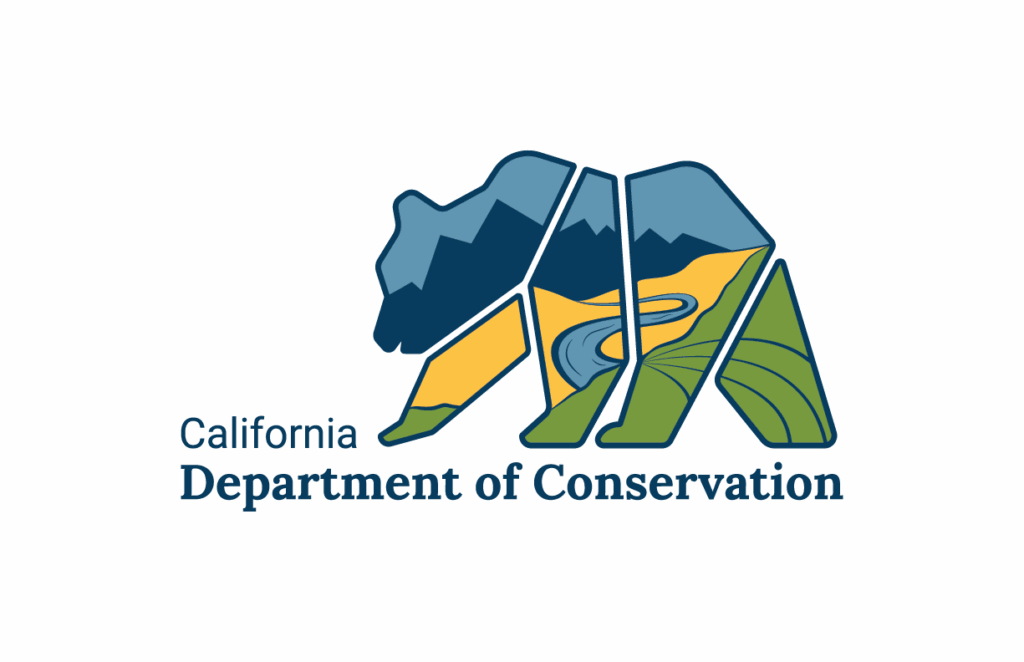
Multiple-benefit water projects may also be eligible for funding from Proposition 4 grant programs focused on other climate concerns. For example, water projects that also improve coastal resilience may be eligible for State Coastal Conservancy and Ocean Protection Council grants. Green infrastructure water projects that also mitigate extreme heat may be eligible for Natural Resources Agency’s grant funding.
When Will Funding Be Available?
The Governor’s proposed Climate Bond Expenditure Plan, released in January 2025, proposes an initial $2.7 billon to be allocated in fiscal year 2025-2026, which will be confirmed after the Governor and legislative leaders adopt the final budget package in June 2025.
Many State agencies are working to develop grant program guidelines reflecting the Climate Bond’s goals and priorities so that programs will be ready to advance when their funding is allocated. Other funding agencies are already moving forward with existing grant programs in anticipation of allocation opportunities after this July. The State Coastal Conservancy and the Wildlife Conservation Board are currently accepting applications on a rolling basis with grant awards anticipated later this year.
Get Prepared for Success!
At West Yost, we understand that strategic funding planning is key to grant success. Important preparation steps include communicating with funding agencies, identifying, developing and positioning competitive multiple-benefit projects, preparing feasibility studies or initial project scoping, and developing and submitting applications. Our goal is to work alongside you to successfully pursue grant funds and complete your much needed projects, helping build a more resilient future for our communities.
Stay tuned for more updates! Our funding team is closely monitoring the Proposition 4 grant programs and will continue to provide information updates and advise our clients as programs are implemented.
For more information, refer to the Proposition 4 Expenditure Plan posted by the Department of Finance in January and the February Legislative Analyst Office’s report.
Sheri Lasick
Funding Practice Leader
Sheri is a grant and funding specialist whose focus is on locating funding for water industry projects.
Hawkeye Sheene
Senior Funding & Communications Specialist
Hawkeye is a funding specialist who uses the power of storytelling to advocate for project grants.
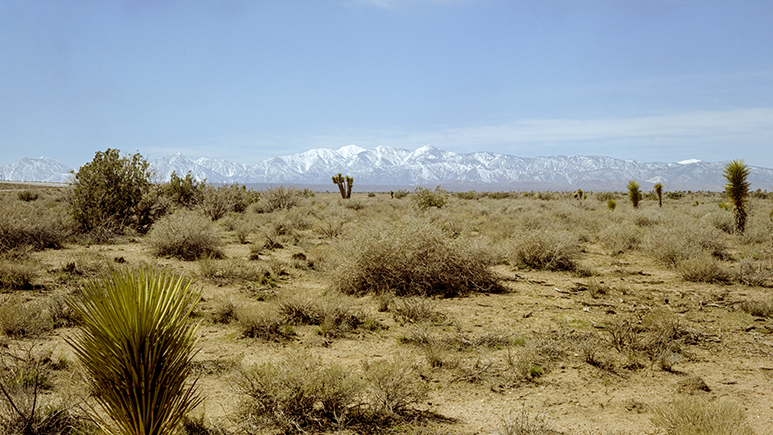
Industry Insight: Groundwater Modeling
Groundwater models (computer simulations of aquifer behavior) are powerful tools for managing water resources. As modeling software and tools evolve, it’s up to practitioners to stay current, enhancing both efficiency and the quality of the decision-grade information we generate. But even the most sophisticated models mean little without trust, understanding, and buy-in from the people who rely on their results.[1] In my experience, especially on recent projects, this continues to be one of the most important truths in modeling work.
Today’s modeling toolbox is vast and constantly expanding. There are intuitive graphical user interfaces like Processing Modflow, coding integrations that streamline workflows (Python is a favorite), and advanced uncertainty analysis tools like PESTPP-IES (here’s a case study if you want to learn more on uncertainty). These tools help us quantify unknowns, reduce bias, and better understand the aquifer systems we’re modeling. But they’re only effective when we apply them strategically, guided by a clear understanding of project objectives and stakeholder needs.
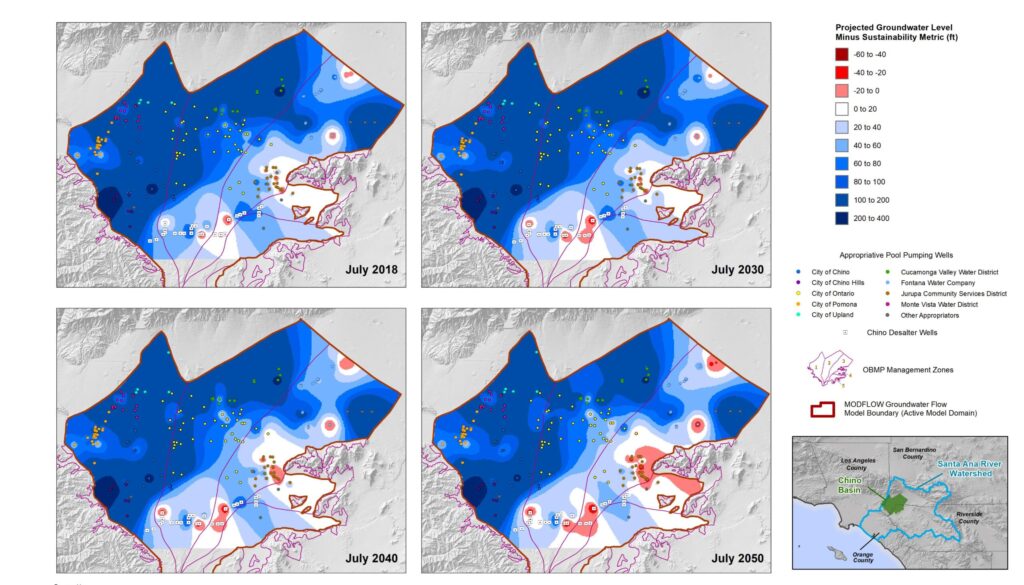
Pictured: Example of a groundwater model report figure
That’s why communication and collaboration are so critical. Stakeholders often provide essential context to shape model assumptions. For example, on a project in a data-scarce basin in northern California, we’ve relied heavily on input from local farmers and ranchers to understand irrigation patterns, a primary driver of groundwater recharge. No model, no matter how advanced, can replace that kind of insight.
Groundwater management and modeling can be intimidating for those outside the field, but it doesn’t have to be. The best practitioners welcome questions and take the time to explain how the process works. Whether you’re a client, landowner, planner, or just curious, I invite you to get involved in your local groundwater management efforts. Your input strengthens the decisions that come from these collective efforts. Jump in – the (ground)water’s fine!
[1] Groundwater models through stakeholders’ eyes: Evaluating benefits, challenges, and lessons for SGMA implementation
Garrett Rapp
Senior Engineer
Garrett is a civil engineer with expertise in water resource planning and management.

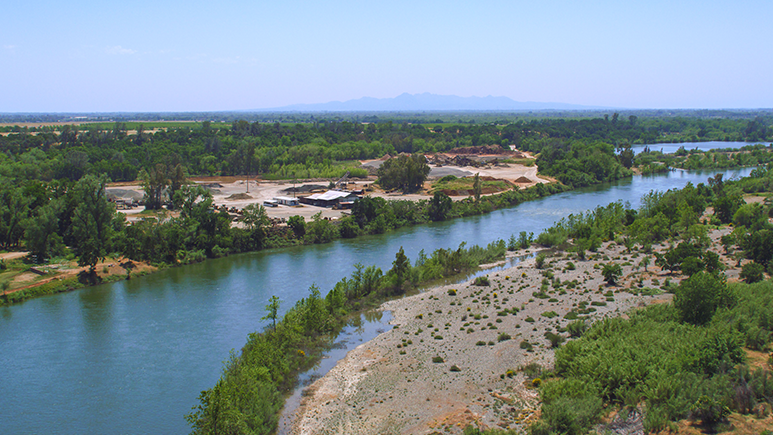
Project Spotlight: RiverArc
The RiverArc Project provides a foundational, regional approach to addressing the growing impacts of climate change in the American River watershed, improving water supply reliability while protecting both the health of the Lower American River and the biodiversity the river supports. RiverArc will enhance streamflow by strategically shifting water supply diversions from the American River to the much larger Sacramento River.
The Lower American River
Fed by the clear, cold snowmelt and runoff from the Sierra Nevada mountains and foothills, the Lower American River flows 32 miles from Folsom Lake through a lush greenbelt parkway into California’s Capital, Sacramento, and finally meeting at the river’s confluence with the mighty Sacramento River. Abundant habitats along the river’s natural corridor support an incredible biodiversity of plants, wildlife, and waterfowl. The river supports many species of fish, while also providing critical spawning and rearing habitat for anadromous fish.
Considered the crown jewel of the Sacramento region, the Lower American River is the most heavily used recreation river in California. The American River Parkway stretches along the river’s corridor and provides rafting, canoeing, kayaking, fishing for steelhead and salmon, picnicking, bicycling, and walking along the Jedediah Smith National Recreation Trail. The Lower American River one of the only urban waterways in the U.S. to be designated a “Wild and Scenic River” by both state and federal governments.
Soaring temperatures and changing seasonal precipitation patterns caused by climate change increasingly threaten the river, its diverse habitat, and the region reliant on its water supply.
Advancing RiverArc
RiverArc emerged from a long-term collaboration between diverse stakeholders from across the region that recognized the importance of the Lower American River. These stakeholders signed the Water Forum Agreement in 2000 in order to protect the river, its flows, and habitat from these growing threats and move forward with the RiverArc project. The RiverArc project is an adaptive management strategy in support of the Water Forum co-equal objectives to provide a reliable and safe water supply for the Sacramento region and preserve the fishery, wildlife, recreation and aesthetic values of the Lower American River.
RiverArc will include construction of water treatment and transmission facilities to deliver Sacramento River water supplies to the region upon implementation. The facilities are planned to include use of an existing raw water intake on the Sacramento River that is fitted with state-of-the-art screens to protect fish, a raw water booster pump station, a pipeline to deliver raw water for treatment, a water treatment plant, and two treated water delivery pipelines, one to west Placer County and one to northern Sacramento County.
Since 2016, West Yost has worked with the RiverArc Partners, which currently include Placer County Water Agency, the City of Sacramento, the City of Roseville, and Sacramento County Water Agency, to continue the project’s development. RiverArc has continued to advance, as well as expand its widespread support. In 2023, the project was awarded a $5.1 million California Wildlife Conservation Board Streamflow Enhancement grant, funding the environmental and initial design phases of the project, and demonstrating the importance of RiverArc’s anticipated benefits to California.
To learn more about RiverArc, please reach out to our RiverArc program manager Lindsay Smith or go to the RiverArc Project website.
Lindsay Smith, PE
Project Manager
Lindsay Smith is a Vice President and leads many of West Yost’s program and procurement management projects.
Andy Smith, PE
Technical Team Lead
Andy is an engineer with a wide variety of planning and design work for numerous water and wastewater treatment facilities


Wins & Success: ACEC Award
Celebrating SRWA’s Regional Surface Water Supply Project
West Yost and the Stanislaus Regional Water Authority’s (SRWA) Regional Surface Water Supply project received the National Recognition Award from the American Council of Engineering Companies (ACEC) 2025 Engineering Excellence Awards competition in Washington, D.C. on May 20th. Prior to this national award, West Yost and SRWA were presented the Honor Award in the ACEC California 2025 Engineering Excellence Awards. This project also received national recognition from the Design-Build Institute of America as a 2024 National Award of Merit for Water/Wastewater Projects, as well as recognition as an Exceptional Project in the category of “Excellence in System Partnerships” by the 2025 US Environmental Protection Agency’s Drinking Water State Revolving Fund AQUARIUS program. Only six projects in the nation received AQUARIUS awards in 2025. This award celebrates SRWA’s strong regional partnerships which, along with Drinking Water State Revolving Fund funding obtained through the California State Water Resources Control Board, helped solve drinking water challenges in the region.
Starting in 2016, West Yost worked with SRWA to develop and implement a critical surface water supply to deliver long-term, sustainable water to the cities of Turlock and Ceres. The complex project required the development of a strategy for the planning, funding, design, construction, and operations of new raw water facilities, a treatment plant, raw and finished water transmission mains, and the local distribution facilities necessary to connect with each city’s existing system. This project was historic in part because of the strong collaboration between SRWA and Turlock Irrigation District (TID). Years ago, TID demonstrated foresight by constructing an infiltration gallery beneath the Tuolumne River. This innovative structure enables the diversion of water without harming aquatic species and supplies high-quality raw water to the SRWA’s new treatment plant via a new joint SRWA/TID raw water pump station and pipeline. Further supporting regional water supply reliability and helping these cities diversify their drinking water sources, TID entered into a long-term water sales agreement with SRWA to supply Tuolumne River water to their new facilities.
West Yost provided program management and served as SRWA’s Owner Advisor for the initial planning efforts, technical studies, funding strategy, preliminary design, program development, design of the raw water pump station wet well, and procurement document preparation for the design-build delivery method utilized to design and construct the new regional facilities. To reduce the burden of project costs on the Ceres and Turlock communities, West Yost, on behalf of SRWA, aggressively pursued grant funding and low interest loans for the project, guided the selection of a fixed-price design-build delivery method to establish the project costs up front, and closely monitored costs throughout the project to keep them within budget. All design and construction costs for this important regional project were covered by grant or low-interest loan funding. Additionally, despite facing Covid-related supply issues, the team’s proactive and collaborative approach supported a strong safety performance, minimized delays, and kept change orders to less than 1% on the $195.4 million project.
This project now delivers 15 million gallons of drinking water per day to approximately 120,000 people, providing a sustainable and reliable water supply for the region. To learn more about SRWA’s Regional Surface Water Supply Project, please reach out to our program manager, Lindsay Smith, or go to SRWA’s website.
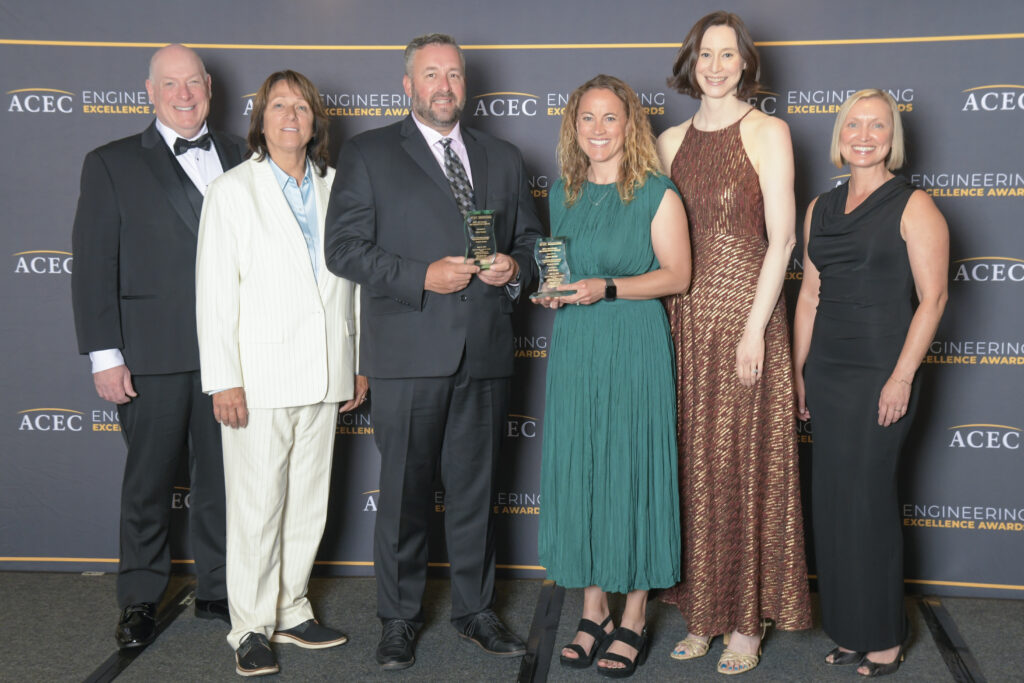
Charles Duncan, Amy Bublack, Chris Fisher, Lindsay Smith, Monique Day, Abigail Madrone. Picture by Risdon Photography

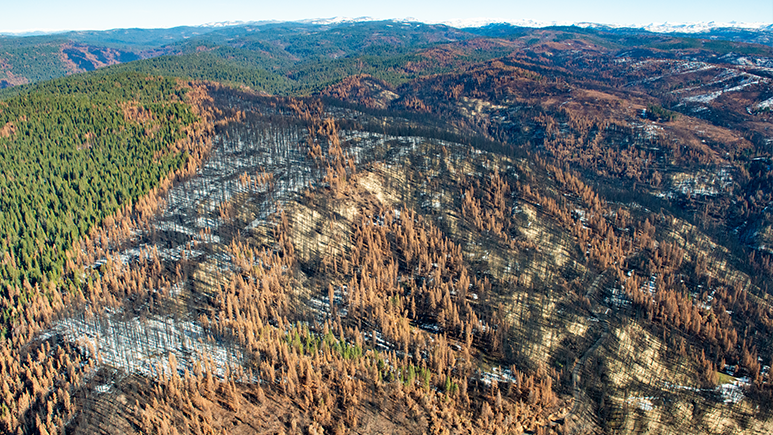
Team Spotlight: Our Values in Action
Restoring Forests, Protecting Communities: Brett Storey’s Wildfire Prevention Projects
In January 2025, Los Angeles faced devastating wildfires that tore through communities, raising fears about the new reality of wildfire seasons in California. While many factors contribute to the intensity of wildfires, there are ways cities and individuals can better prepare for such events.
Brett Storey, Principal Engineer II at West Yost, is dedicated to wildfire prevention through forest restoration projects. Brett’s passion for the forest began during his time working for Placer County, where he collaborated with the Placer County Water Agency and the United States Forest Service to implement projects aimed at protecting communities and infrastructure. Even after retiring, Brett continued to support these efforts, joining West Yost to further his mission. His work includes two major forest restoration projects and three biomass-related projects, all focused on reducing wildfire risks and promoting clean energy. Brett also volunteers with the Bridger Teton National Forest in Wyoming, demonstrating his commitment to doing what’s right and protecting our communities.
The recent fires in Los Angeles highlight the need for proactive measures to prevent future catastrophes. Brett’s projects, such as the Long Canyon Project and the French Meadows Project, aim to reduce wildfire risks, protect water and power infrastructure, and improve wildlife habitats. Additionally, his biomass-related projects focus on utilizing forest biomass for clean energy, further contributing to wildfire prevention. Brett’s involvement with the ACWA Headwaters Workgroup underscores his dedication to advocating for federal and state policies that protect mountain communities and public agencies from wildfires. The lessons learned from past fires, such as the Paradise fire, emphasize the importance of clearing brush in fire-prone areas, ensuring wider evacuation routes, and investing in proper removal of trees and brush. Brett believes that jurisdictions and individuals must prioritize these measures to enhance safety for their communities.
At West Yost, our team is committed to proactive wildfire prevention and innovative solutions. Wondering how you can get involved and support wildfire prevention efforts in your community? Reach out to Brett Storey.
Brett Storey
Principal Engineer
Brett Storey is an expert in watershed and forestry management.


A Closing Message from Jeff Pelz:
West Yost at 35: A Journey of Growth, Innovation, and Community
As I celebrate 35 years with West Yost, I am filled with pride and gratitude for the incredible journey we’ve had. From our humble beginnings with just five team members in 1990, we have grown into a thriving firm of over 240 dedicated professionals in 2025. It has been exhilarating to witness the expansion of our services, all centered around water-related solutions, and to see our team members passionately engage in impactful projects, such as Brett Storey’s work on wildfire prevention.
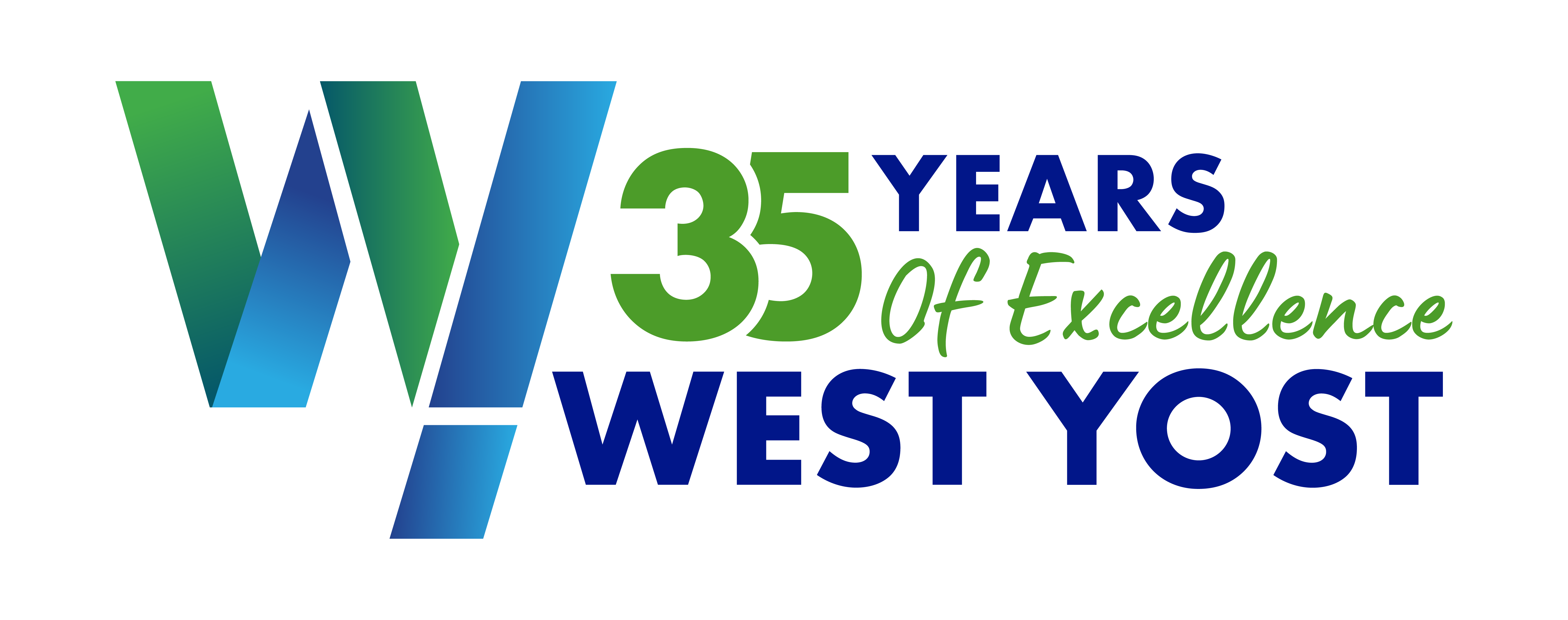
Our long-term client relationships are also a source of personal satisfaction. I have had the privilege of working with Vacaville since my Day 1 in 1990, starting with utility master planning and design, and evolving into service as an owner advisor, supporting both Vacaville and Fairfield on a joint water plant expansion project. A similar story applies to other clients such as Davis and Stockton who continue as current clients dating back to the early years of the firm. These long-term relationships are a cornerstone for West Yost. We are excited to continue nurturing them by helping clients recognize how our current assignments fit into their community’s long-term needs. As we have grown, our team has been able to foster many lasting relationships and enjoys the resulting sense of camaraderie and dedication to mutual success in meeting the most basic needs of humanity.
As we look ahead, I am eager to see West Yost continue to grow and innovate. Here’s to celebrating our 35th year and the many new client relationships and opportunities for service that lie ahead!
Jeff Pelz
Vice President, Owners Advisory
Jeff Pelz is a Vice President with experience in the planning and design of municipal infrastructure systems.

The West Yost Word

Every two weeks, West Yost releases an edition of our West Yost Word. This is a series of articles we share on our website that are written by our team members or the firm, spotlighting important innovations, industry updates, or firm celebrations.

Understanding Urban Water Management Planning
Bonnie Robison, PE
The Urban Water Management Planning Act requires urban water suppliers to prepare Urban Water Management Plans (UWMPs) every five years to evaluate long-term water supply and demand.

Welcoming Jeff Kreshel to West Yost
Corie Moolenkamp and Nick Belmont
West Yost is excited to welcome Jeff Kreshel, a highly respected water engineer with over 35 years of experience across the Pacific Northwest.

What is Prop 4?
Hawkeye Sheene, Sheri Lasick
California’s Proposition 4 bond, passed by voters in November 2024, will help fund many needed multiple-benefit water projects across the state. Proposition 4.

We hope you enjoyed this edition of our quarterly newsletter.
Be sure to check out our January 2025 edition – HERE!
